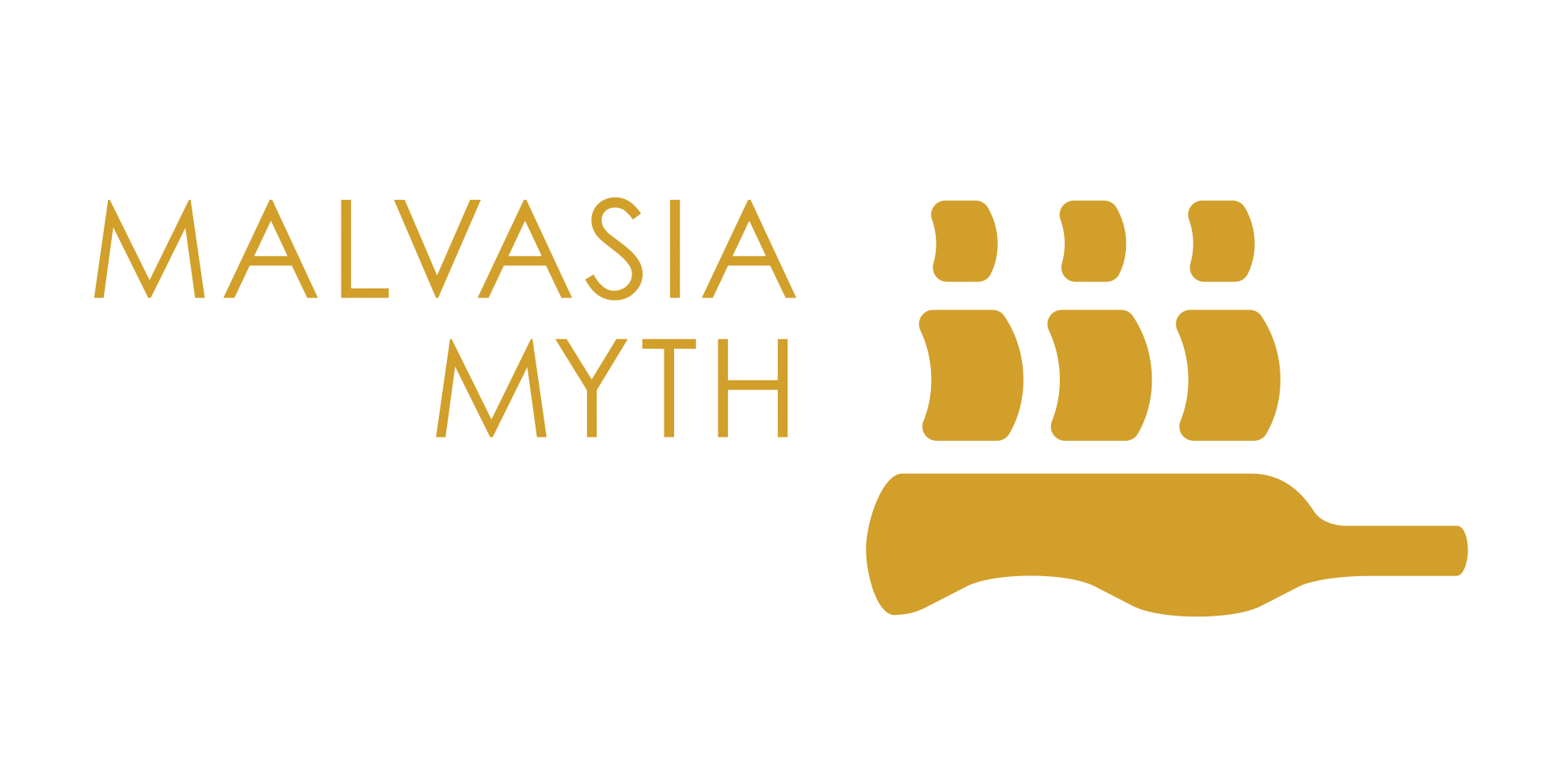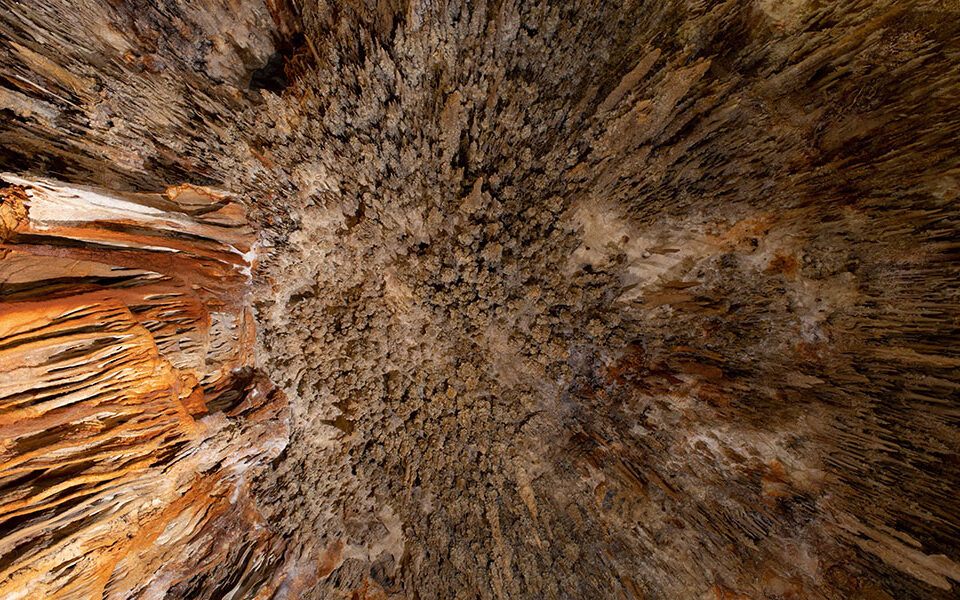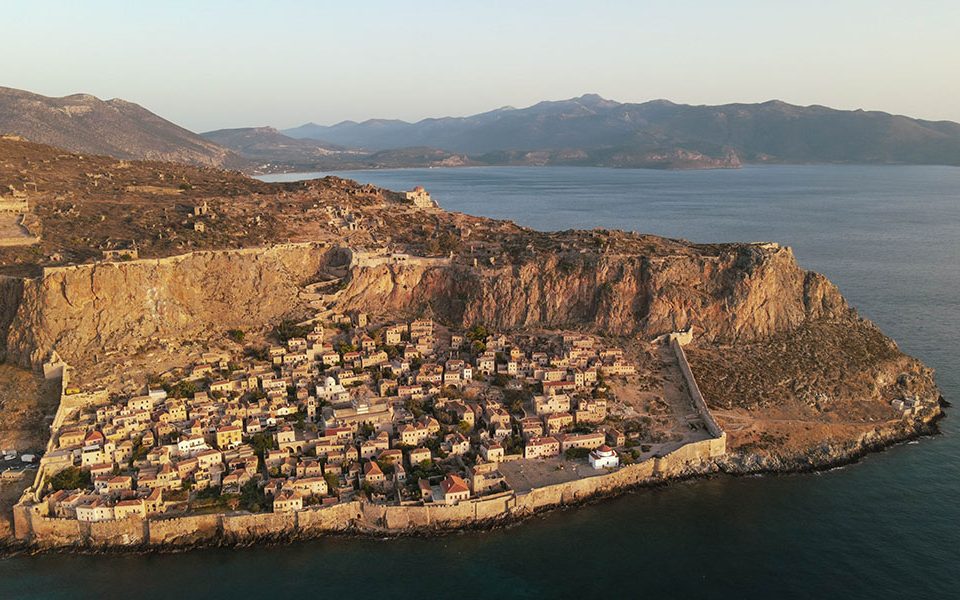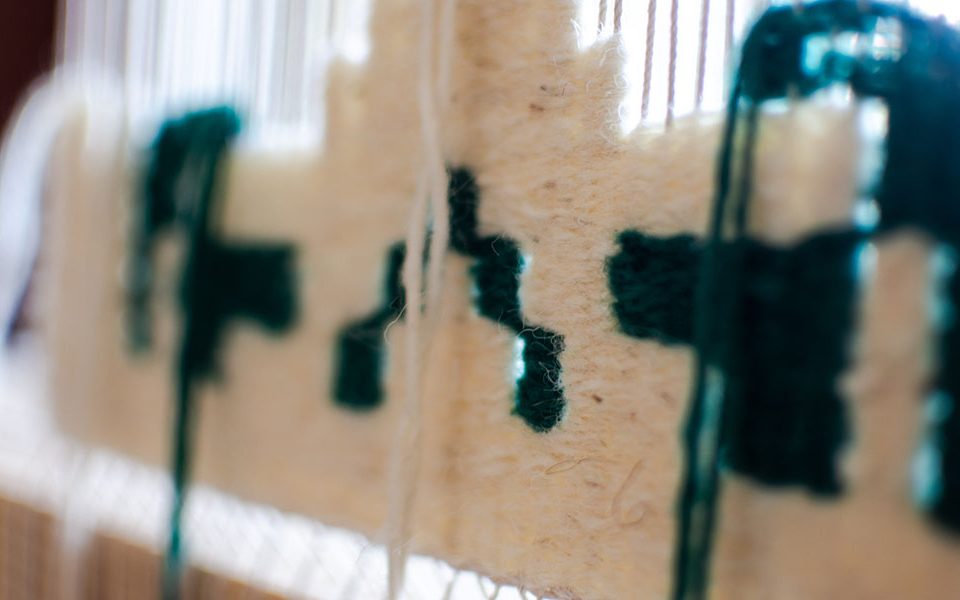Peloponesse, Greece
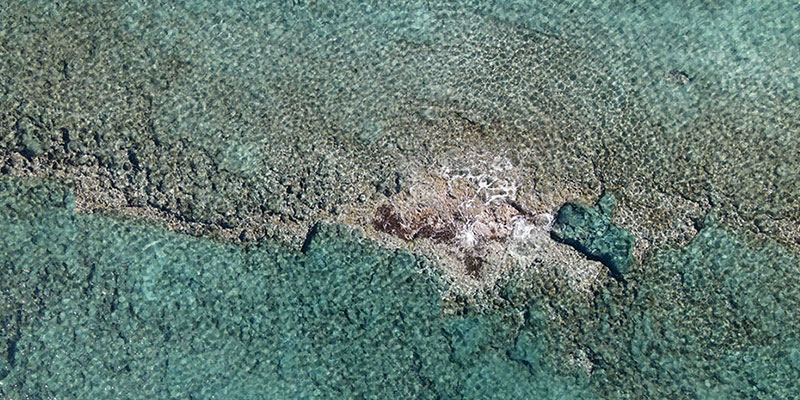
Discover the routes of the renowned Malvasia wine!
Taste the myth!
It's time to swim at two extraordinary and summer destinations in South Peloponnese: at Plytra in the west coast of Laconian Gulf and at the twin beaches of Simos and Sarakiniko in the island of Elafonisos.
And, certainly, you must visit Pavlopetri: the oldest submerged city in the world, the "City Beneath the Waves".
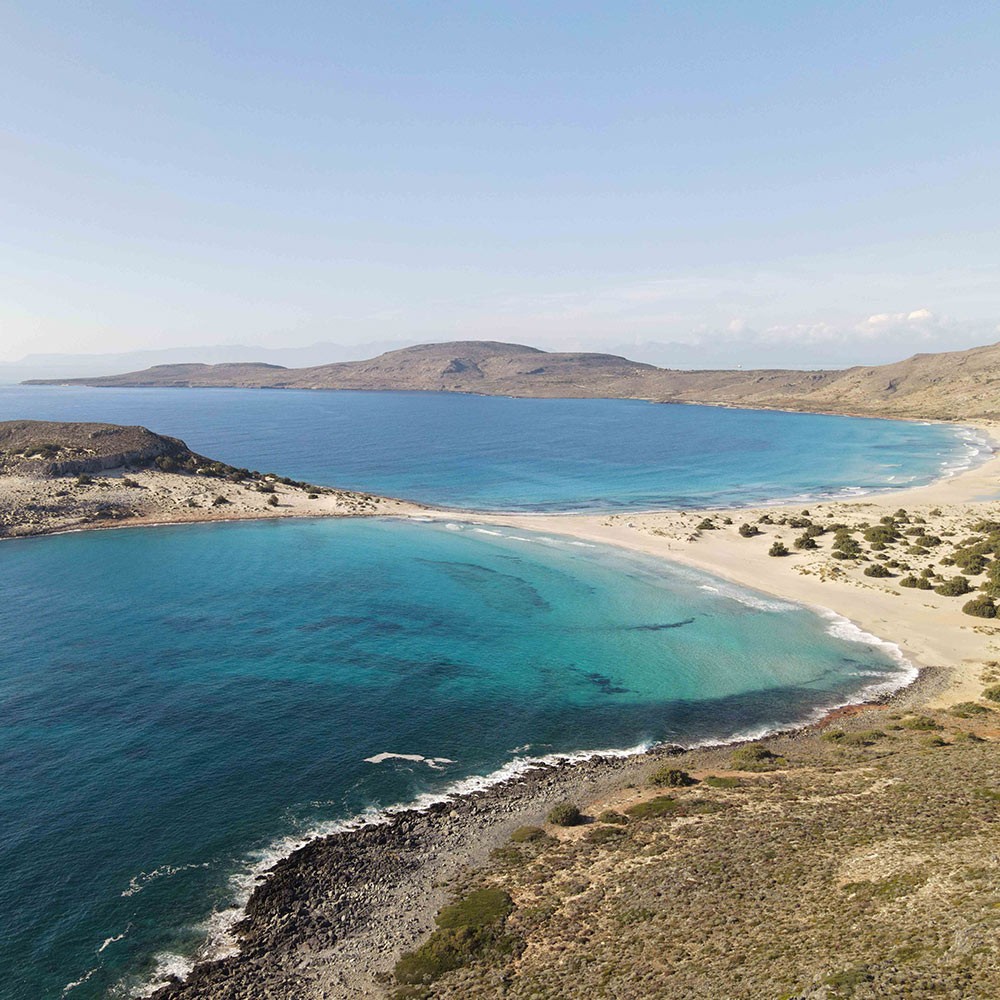
Elafonisos island
The captivating Elafonissos, the only island of Laconia, at a distance of 500 meters from the opposite coast, with its rare flora and fauna, is an ideal destination for nature lovers.
Elafonisos means the Island of the deer. There are no deers any more, but the first mention of the name of the island is found in an Arabic manuscript of the era of pirates (7th century), where the island is referred to as “Ashab al baqar”, meaning the island of the deer, a name that appears again in the nautical charts of the 16th century, where it is called Isola di Cervi (island of the deer).
Elafonissos had one of the largest fishing fleets in Greece with coastal fishing vessels.
The beaches of the island are full of high sand dunes and rare sea cedars. The famous twin beaches of Simos and Sarakinikos are among the best in the Mediterranean.
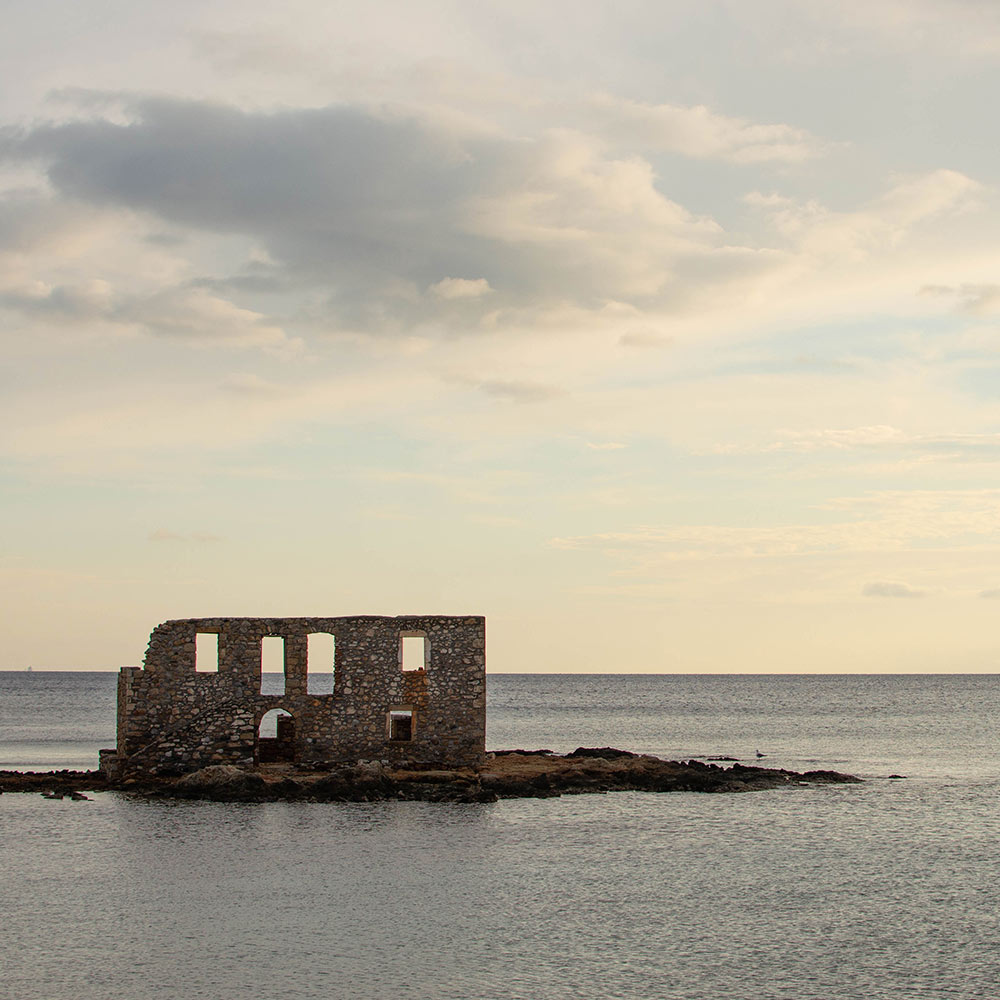
Plytra village
At the edge of the village lies the ancient sunken city, visible to swimmers using ordinary swimming goggles. There are also ancient ruins on the shore.
Plytra is a popular summer destination for people of all ages. All types of holiday accommodation are available, as well as a variety of options for eating out and enjoying the evenings. There are a number of open spaces where children can play, including the Blue Flag beach, Pachia Ammos.
Plytra’s harbour provides moorings for all kinds of recreational craft. On the other side of the bay is the pretty settlement of Karavostasi.
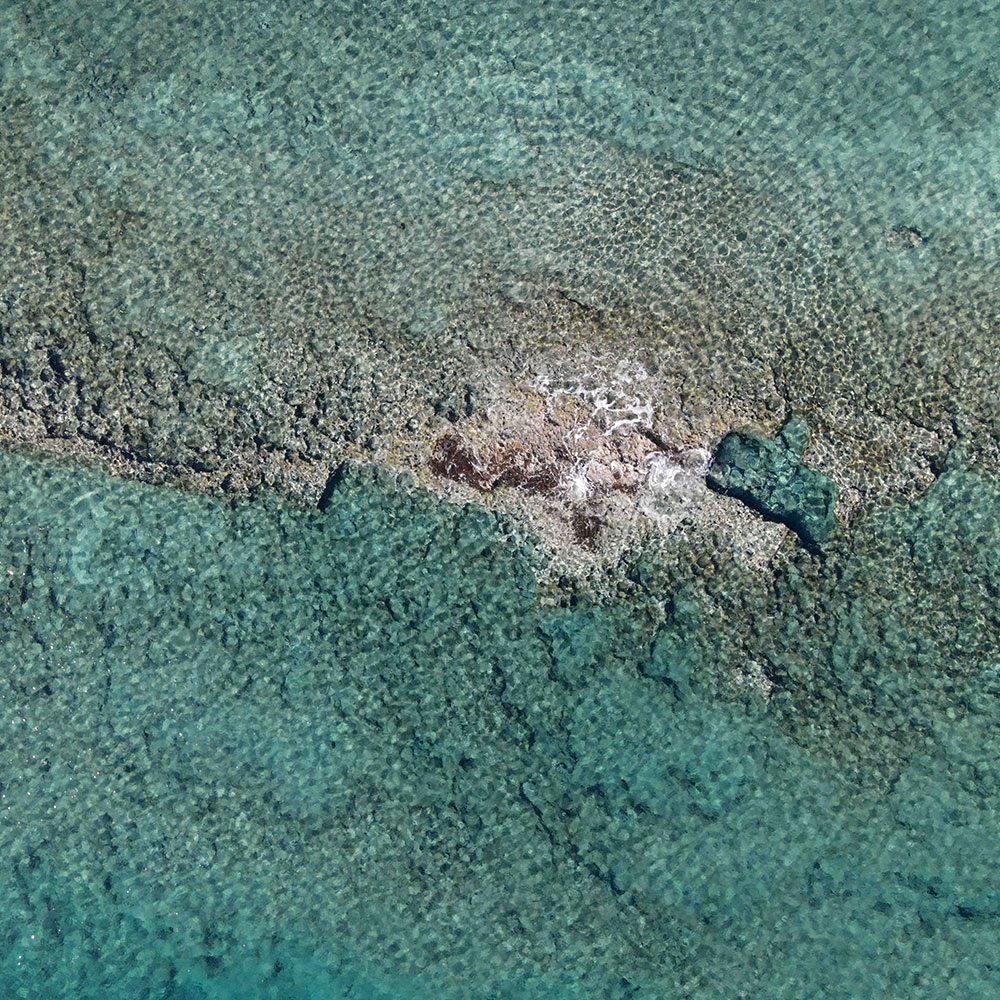
Pavlopetri submerged town
One of the most important archaeological projects in recent years has been at Pavlopetri, the oldest known submerged town the world, whose ruins lie in shallow water just off the beach at Pouda, ideal for swimming.
The submerged town of Pavlopetri is situated in shallow water between the beach of Pouda at Viglafia (near Neapoli) and the islet of Pavlopetri, opposite the island of Elafonisos (perfect for a day’s excursion). The architectural remains of this prehistoric town, visible at a depth of about three meters, were discovered in 1904 by Fokion Negris. In 1967 the famous oceanographer Dr. Nicholas Flemming of Southampton University visited the site and subsequently published the first survey of the submerged settlement. At the edge of the town under two small reefs there are two Mycenaean chamber tombs. On the beach at Pouda is an extensive prehistoric cemetery of cist graves dating from the 3rd and 2nd millenia BC.
Pavlopetri occupied a prominent prehistoric place in the southern part of the Maleas promontory and was one of, if not the most important ports in the southern Peloponnese as it monitored shipping from the ports of southern Laconia to the Aegean and the western Mediterranean. The narrow channel between Elafonisos and Kythera islands was a very important shipping lane in the Mediterranean, enabling communication between East and West.
